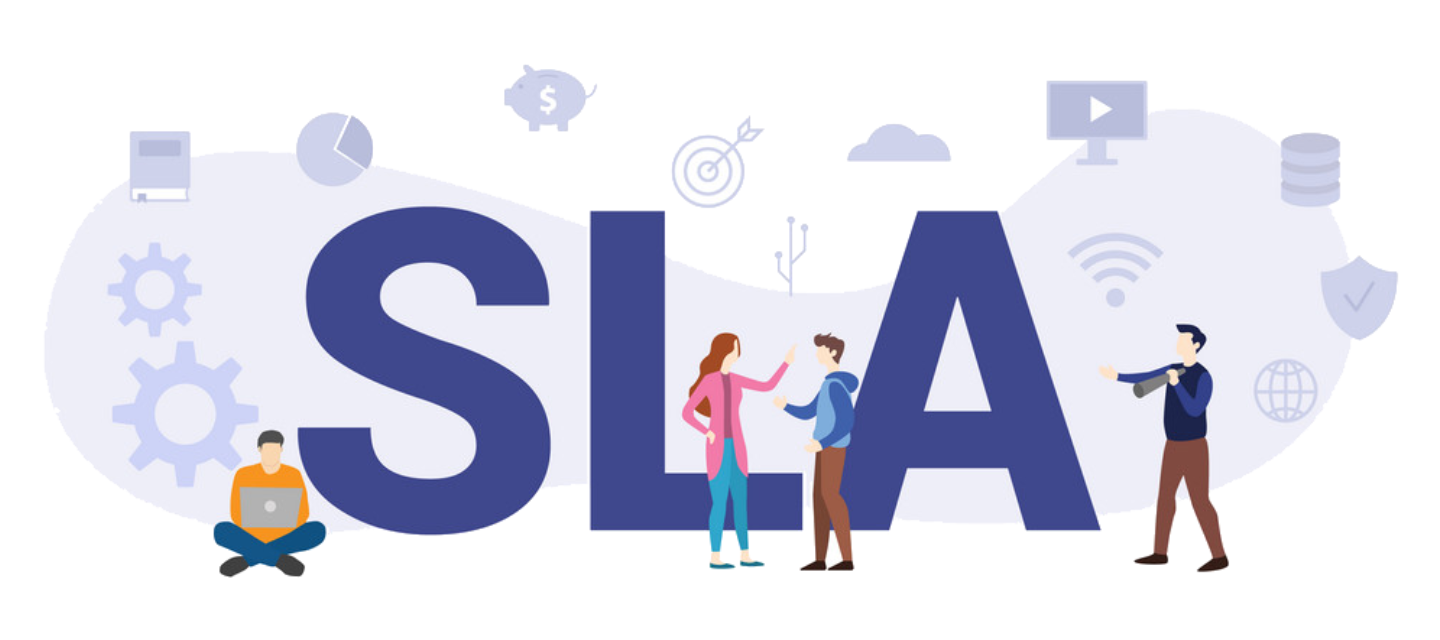In today's fast-paced business environment, effective service management is crucial for maintaining productivity and ensuring smooth operations. A flexible approach to managing Service Level Agreements (SLAs) allows organizations to tailor policies to their specific needs and enhance efficiency across various departments.
With advanced SLA design capabilities, organizations can create customized SLA policies based on criteria such as departments, locations, and groups. This ensures that each team operates under the most relevant SLAs, improving their ability to meet specific service requirements. 📊✨ For instance, the IT department might need both Response and Resolution SLAs to efficiently manage technical issues, while the HR department might focus solely on Resolution SLAs, reflecting their unique support tasks.
Priority-based customization is a game-changer in modern SLA management. 🚀 SLAs are prioritized based on the urgency of incidents, ensuring that higher-priority requests, such as Priority 1 issues, have stricter response and resolution timelines. This approach guarantees that critical issues are addressed promptly, allowing organizations to allocate resources effectively and maintain high service quality. 🔧⏱️
In addition to priority-based customization, organizations can differentiate SLAs by category. Different incident categories, like hardware versus software issues, can have unique SLA policies tailored to their specific requirements. 📁🎯 This differentiation enables organizations to address the distinct challenges of each type of request, improving overall service management.
User type-based customization adds another level of flexibility to SLA management. 🧑💼✨ SLAs can be tailored according to the type of user, ensuring that each role within the organization receives the appropriate level of service. Key personnel, such as VIPs or executives, receive more stringent SLAs to minimize disruption and maximize productivity, acknowledging their critical roles in the organization.
By tailoring SLAs to the specific needs of departments, prioritizing incidents effectively, differentiating based on categories, and customizing according to user types, organizations can optimize their service delivery.
📈🔍That’s how SymphonyAI’s Apex helps you ensure that service management aligns perfectly with business objectives, enhancing both efficiency and effectiveness.


